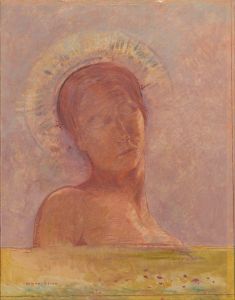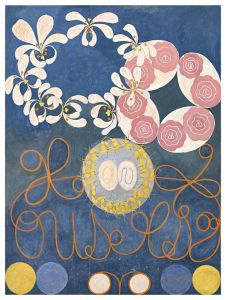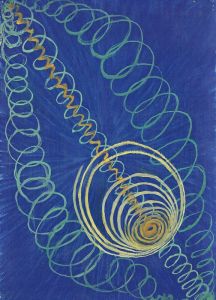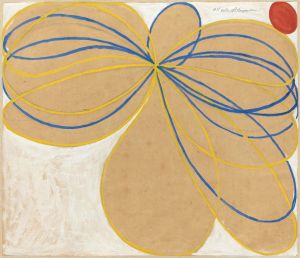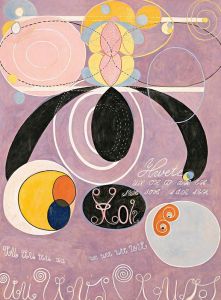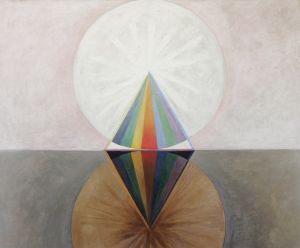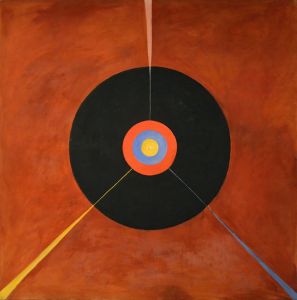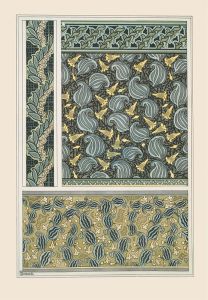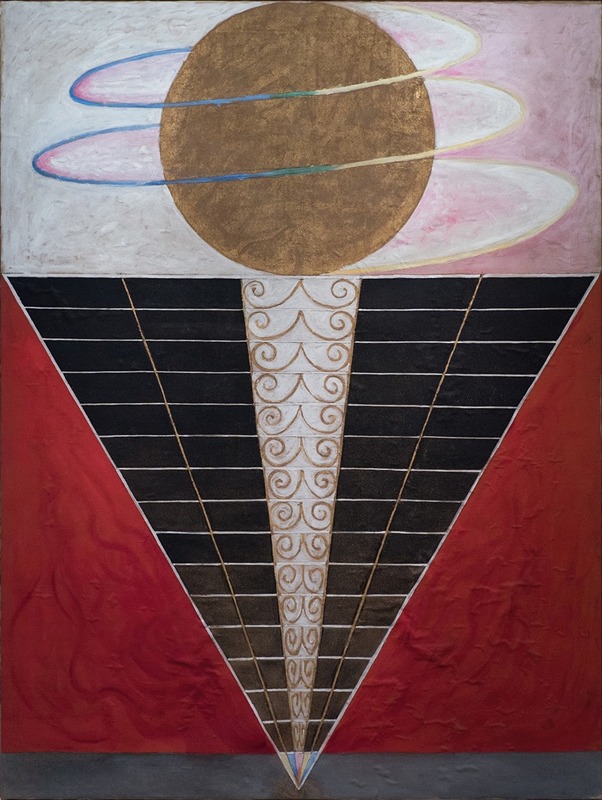
Group X, No. 2, Altarpiece
A hand-painted replica of Hilma af Klint’s masterpiece Group X, No. 2, Altarpiece, meticulously crafted by professional artists to capture the true essence of the original. Each piece is created with museum-quality canvas and rare mineral pigments, carefully painted by experienced artists with delicate brushstrokes and rich, layered colors to perfectly recreate the texture of the original artwork. Unlike machine-printed reproductions, this hand-painted version brings the painting to life, infused with the artist’s emotions and skill in every stroke. Whether for personal collection or home decoration, it instantly elevates the artistic atmosphere of any space.
"Group X, No. 2, Altarpiece" is a painting by Swedish artist Hilma af Klint, created in 1915. Hilma af Klint is recognized as a pioneer of abstract art, and her work predates the more widely known abstract works of artists like Wassily Kandinsky, Kazimir Malevich, and Piet Mondrian. Despite her early contributions to abstract art, af Klint's work remained largely unknown until the late 20th century, as she chose not to exhibit her abstract paintings during her lifetime, believing that the world was not yet ready to understand them.
"Group X, No. 2, Altarpiece" is part of a series of paintings known as "The Altarpieces," which are included in a larger body of work called "The Paintings for the Temple." This series was created between 1906 and 1915 and consists of 193 paintings. Af Klint believed that these works were guided by spiritual forces and were intended to convey complex philosophical and spiritual ideas. She was deeply influenced by spiritualism, Theosophy, and later Anthroposophy, which informed her artistic practice and the symbolism within her work.
The painting "Group X, No. 2, Altarpiece" is characterized by its vibrant colors, geometric shapes, and symbolic motifs. It features a symmetrical composition with a central axis, which is a common element in af Klint's work, reflecting her interest in balance and harmony. The use of circles, spirals, and other geometric forms in the painting is indicative of her exploration of the spiritual dimensions and the interconnectedness of all living things.
Af Klint's work, including "Group X, No. 2, Altarpiece," was largely inspired by her desire to understand and depict the invisible forces that she believed governed the universe. She considered her paintings to be visual representations of spiritual truths and sought to transcend the material world through her art. This approach was revolutionary at the time and set her apart from her contemporaries, who were primarily focused on the physical and material aspects of art.
The significance of "Group X, No. 2, Altarpiece" and af Klint's broader body of work lies in its forward-thinking approach to abstraction and its emphasis on spirituality. Her paintings challenge traditional notions of art and invite viewers to engage with them on a metaphysical level. Despite being created over a century ago, af Klint's work continues to resonate with contemporary audiences and has been the subject of numerous exhibitions and scholarly studies.
In recent years, Hilma af Klint has gained recognition as a major figure in the history of modern art. Her work has been exhibited in major museums around the world, including the Solomon R. Guggenheim Museum in New York and the Moderna Museet in Stockholm. These exhibitions have helped to cement her legacy as a visionary artist whose contributions to abstract art were both pioneering and profound.
"Group X, No. 2, Altarpiece" exemplifies af Klint's innovative approach to art-making and her commitment to exploring the spiritual dimensions of existence. Through her use of color, form, and symbolism, she created a visual language that continues to inspire and challenge viewers, inviting them to consider the deeper mysteries of life and the universe.





